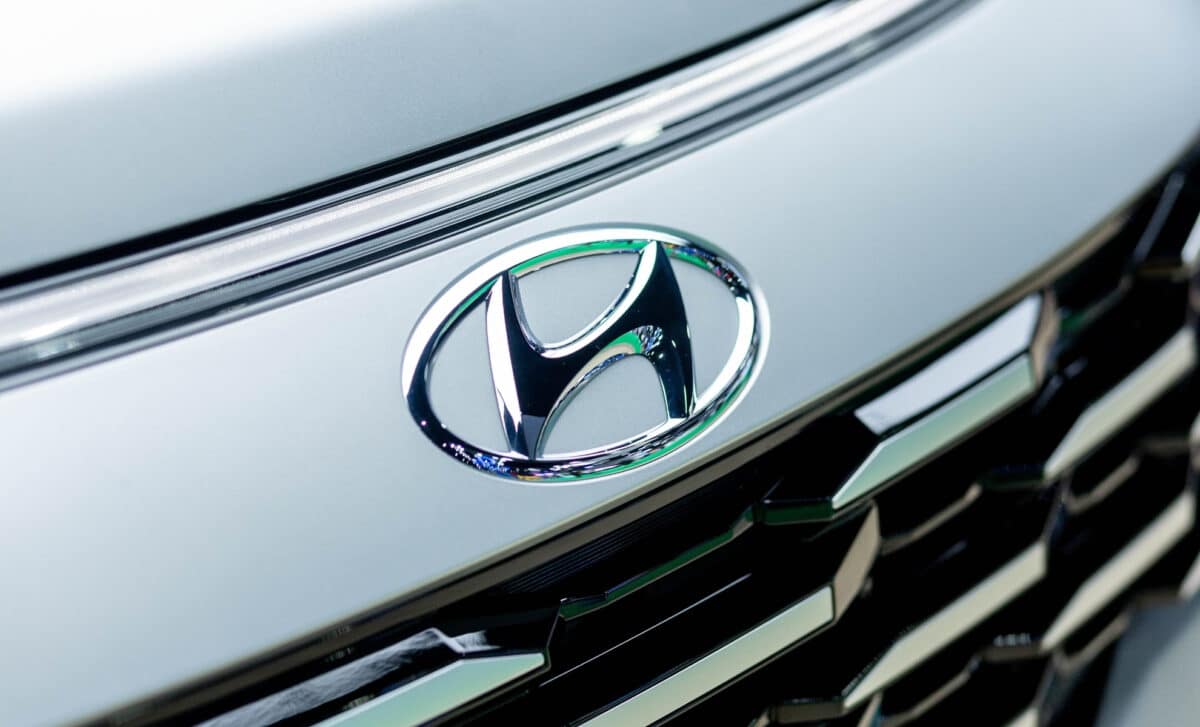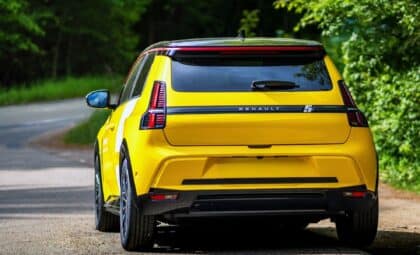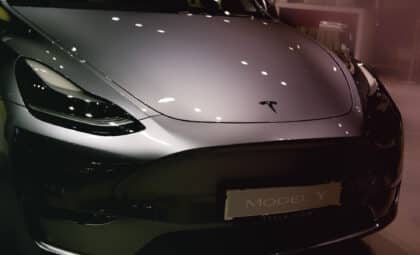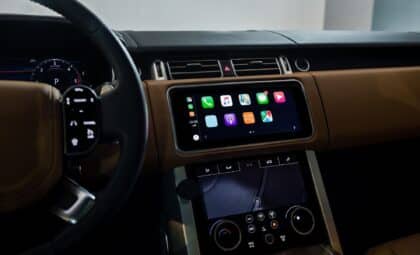With electrified powertrains planned and a body-on-frame architecture, this truck marks a significant step for Hyundai as it expands its U.S. presence in the competitive midsize truck segment. The company has yet to release key specifications, but its announcement adds a new contender to a growing and fiercely contested category.
In recent months, Hyundai and GM have made headlines with a joint initiative targeting Central and South America, which includes a shared midsize truck platform. But for U.S. consumers, Hyundai is taking a separate route. The Korean manufacturer has confirmed its intent to independently develop a new model with no shared engineering with GM. This truck is part of a broader strategy to diversify Hyundai’s global utility offerings and strengthen its North American market presence.
The move also reflects Hyundai’s growing ambitions in electrification. The upcoming pickup will feature an electrified drivetrain, likely a hybrid system, although the company has not confirmed whether it will adopt the extended-range EV (EREV) configuration it plans to launch in 2027. That technology aims to deliver more than 600 miles of total range, combining a battery and a gas-powered generator.
A Distinct Project from Hyundai’s GM Collaboration
Last year, Hyundai and General Motors signed a Memorandum of Understanding outlining plans to co-develop vehicles—including a midsize pickup truck—for markets in Central and South America. That vehicle will likely share key components with GM’s Chevrolet Colorado and GMC Canyon, benefiting from economies of scale. However, the U.S.-bound truck is an entirely different undertaking.
According to Motor1, the American model will be built independently by Hyundai and will not reuse GM’s architecture. This distinction reinforces Hyundai’s goal of delivering a product that meets the specific expectations of U.S. truck buyers, with features and performance suited to domestic preferences.
Additionally, Hyundai has clarified that while the Latin American trucks will be developed jointly, they will still retain brand-specific designs. The two companies are working to ensure that “unique interiors and exteriors consistent with their respective brands” are part of each vehicle’s identity.
Electrification Remains a Central Component
Hyundai has confirmed that the upcoming truck for North America will incorporate electrified powertrains, though it stopped short of offering specific technical details. The automaker has not said whether the truck will feature the extended-range electric vehicle system it plans to debut across its lineup starting in 2027.
These future EREVs are expected to exceed 600 miles (965 kilometers) of total range. The system combines a traditional battery setup with a gasoline engine functioning strictly as a generator, rather than driving the wheels directly.
This hybrid-oriented focus contrasts with GM’s current midsize truck lineup, which remains entirely internal combustion engine (ICE)-based. Hyundai’s choice to explore electrified options suggests a deliberate effort to appeal to environmentally conscious buyers without fully abandoning conventional capabilities.
Stiff Competition in a Crowded Segment
Once released, Hyundai’s midsize truck will enter a crowded field of well-established competitors. Models such as the Toyota Tacoma, Ford Ranger, Nissan Frontier, and Chevrolet Colorado already dominate the U.S. midsize pickup space. GMC’s Canyon and the soon-to-arrive Ram mid-size truck—set to launch by the end of 2027—further raise the stakes.
As reported by the same source, Hyundai’s new model will not follow the same unibody format as its existing Santa Cruz pickup, which is aimed at a different customer base. Instead, the new truck will adopt a body-on-frame configuration, suggesting a more rugged build and greater towing and payload capacities, aligning it more directly with the needs of traditional pickup buyers.
This move positions Hyundai to better challenge the segment’s incumbents by offering a more robust, purpose-built alternative. But given the strong brand loyalty in the truck market, the company will likely need to bring more than just engineering upgrades to gain traction.









